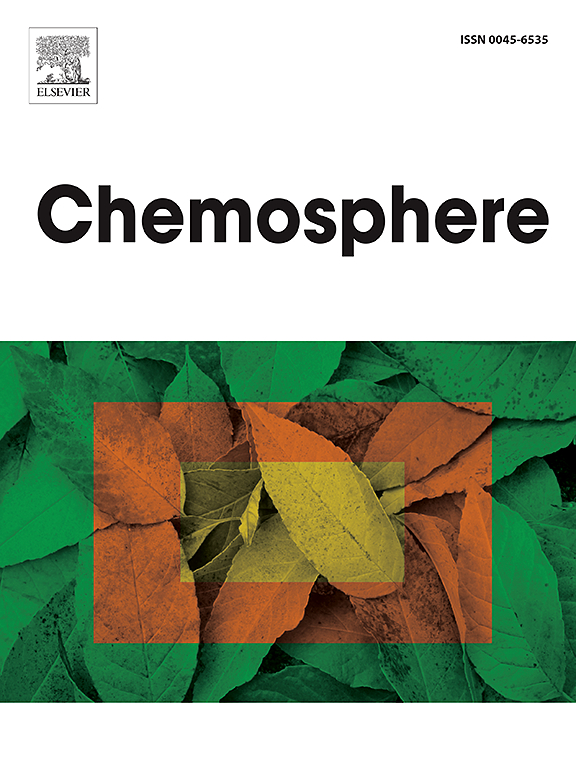Coral incorporating microplastics leads to a health-risking immunometabolic shift
IF 8.1
2区 环境科学与生态学
Q1 ENVIRONMENTAL SCIENCES
引用次数: 0
Abstract
Microplastic pollution has been associated with coral susceptibility to disease, yet the underlying mechanism is unclear. An untargeted lipidomic profiling was therefore performed to gain an insight into the effect of microplastics on a vulnerable coral (Turbinaria mesenterina) of actively reacting to suspended particles. Expending storage lipids on actions such as increasing 20:4-possessing ether membrane lipids and mitochondrial β-oxidation for immunoactivation was observed in coral hosts. A molecular realignment of symbiotic communication was correspondingly observed from symbiotic algae activating anti-inflammatory actions, which employed the 22:6-deriving effects that expended storage lipids as well, by, for example, increasing 22:6-possessing membrane lipids. Symbiotic algae reacting against the heightened host immunity also led to a metabolic compromise that lowered photoprotective capacity. Worryingly, increasing these polyunsaturated membrane lipids potentially sensitize the cells to oxidative stress-induced cell death that was simultaneously indicated by a sphingolipid profile as lipid peroxidation preliminarily increased in coral. Microplastic accumulation thus potentially increase coral susceptibility to environmental factors being able to elevating the oxidative stress, such as light-heat stress. In this manner, microplastic pollution in the ocean would chronically impair coral health, being highlighted by this study.

求助全文
约1分钟内获得全文
求助全文
来源期刊

Chemosphere
环境科学-环境科学
CiteScore
15.80
自引率
8.00%
发文量
4975
审稿时长
3.4 months
期刊介绍:
Chemosphere, being an international multidisciplinary journal, is dedicated to publishing original communications and review articles on chemicals in the environment. The scope covers a wide range of topics, including the identification, quantification, behavior, fate, toxicology, treatment, and remediation of chemicals in the bio-, hydro-, litho-, and atmosphere, ensuring the broad dissemination of research in this field.
 求助内容:
求助内容: 应助结果提醒方式:
应助结果提醒方式:


